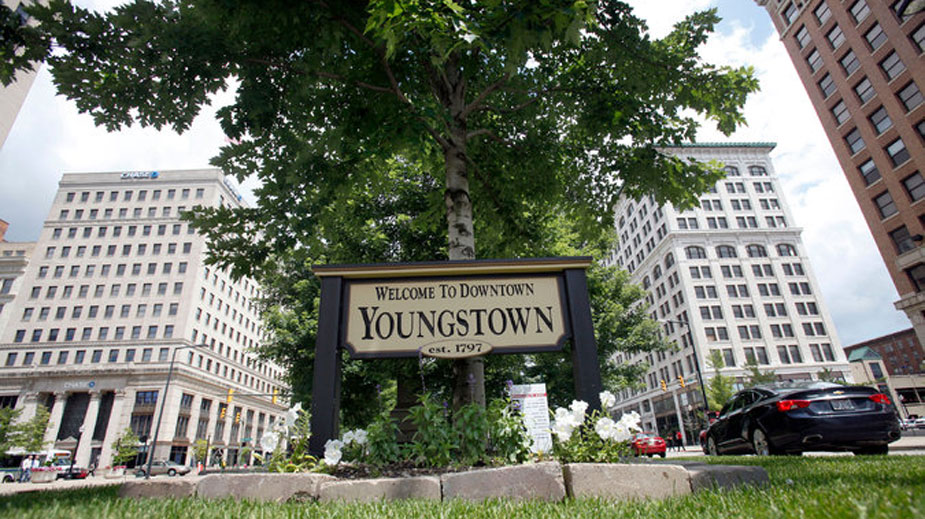YOUNGSTOWN, Ohio – Job access in the Youngstown metro area fell more than 2% between 2007 and 2017, a statistic that’s linked to longer unemployment and lower rates of economic mobility.
Locally, the job access rate – defined as the share of employment accessible within a typical commute distance – was 27.4% in 2017, down 2.2% from the rate a decade earlier, according to a new report from the Federal Reserve Bank of Cleveland.
“Declining job access effectively adds additional barriers for workers seeking employment, and these findings suggest that economic opportunity has declined and upward mobility has become more challenging,” wrote Kyle Fee, senior policy analyst for the Cleveland Fed, in the study.
“Increasing job accessibility has been found to significantly decrease the duration of joblessness among lower-income displaced workers, especially for African Americans, females and older workers,” he continued. “Policies that increase job accessibility could possibly influence the pace of the labor market recovery from the COVID-19-induced recession.”
Among the potential solutions are encouraging economic development in high-population areas and improving public transit systems.
“Factors other than public transportation affect job access rates, and the location of the jobs themselves is one policy lever that is ripe for intervention. We find that stronger employment growth in suburban and rural areas compared to urban areas within a metro is associated with declines in job access,” Fee writes. “This finding suggests that policies influencing the location of jobs could be potentially viable solutions for improving job access.”
In Ohio’s metro areas, Toledo and Dayton posted a job access rate decline of 2.3% to 27.4% and 44.5%, respectively, while Cincinnati shared Youngstown’s 2.2% drop, coming in at 25.7%. Cleveland’s rate dropped 1.3% to 26.7% and Akron’s declined 0.8% to 57%.
Only Columbus’ job access rose, increasing 1.7% to 36.7%.
“Examining differences in employment growth by location within a metro area is one way to see if there is a connection between the location of employment growth and job access. Within a metro area, on average, suburban employment levels grew 5.5 % faster than urban employment levels,” Fee writes. “In 38 of the 96 metro areas, both urban and suburban locations experienced employment gains, but suburbs saw higher rates of employment growth.”
Nationwide, job access declined by 1.7% on average. Of the 96 metro areas studied, 74 saw a drop in job access.
“Focusing on the interactions between employment growth and job access reveals that the location of employment growth within a metro area directly impacts job access,” Fee writes in his conclusion. “Overall, this analysis highlights that the location of jobs and where employment growth takes place within a metro could be an impactful policy option to pursue alongside options that have traditionally focused on transportation-based solutions to job access.
“Potential policy options used to affect the location of jobs can come from different fields, too,” he continues. “For example, incentivizing employers to remain or locate near population or employment centers is an economic development approach, while planning/zoning strategies could be used to better integrate commercial and residential land uses.”
